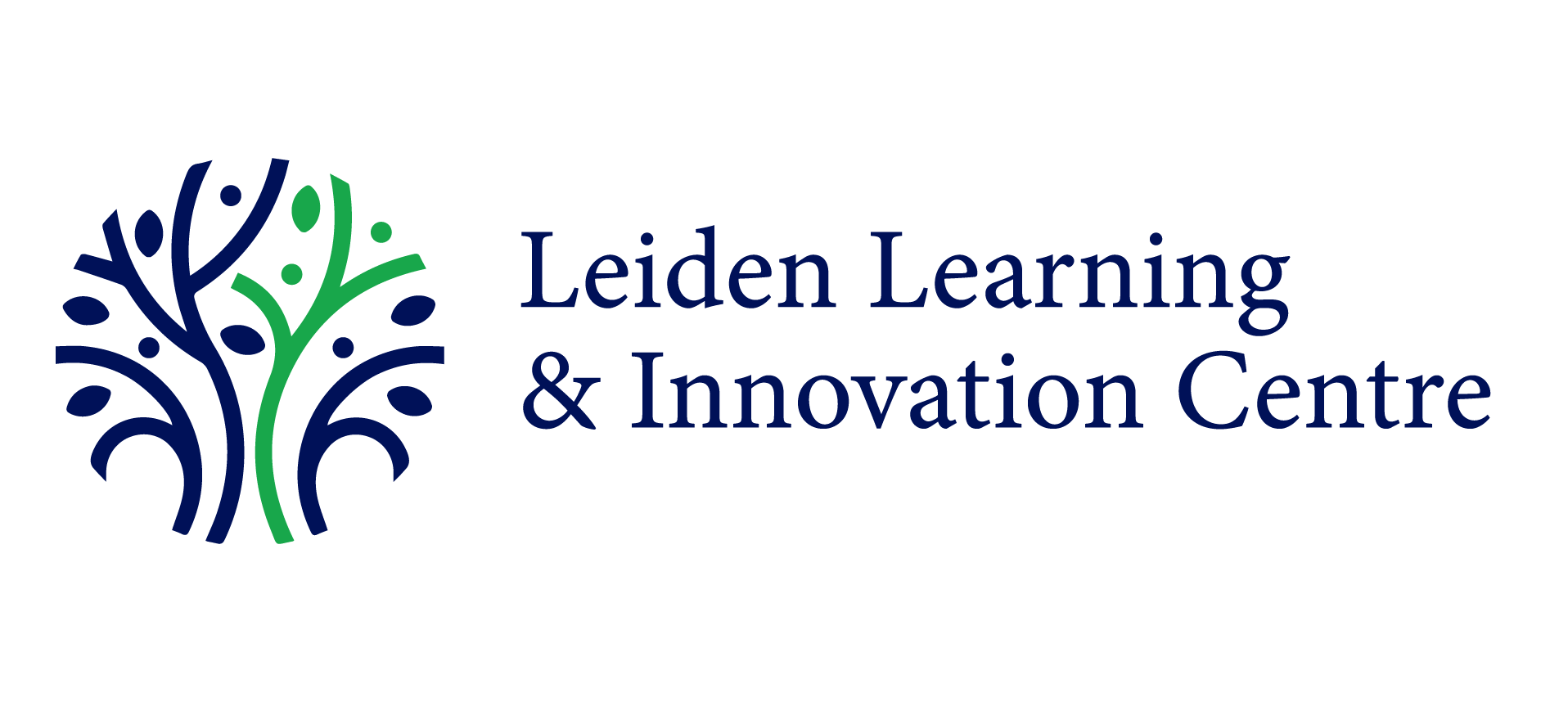Ideation: The First Stage in the Innovation Maturity Model
Innovation begins with an idea. Instead of rushing to implement that idea, however, it is crucial to treat ideation as a distinct stage in the innovation process.
Ideation is not just about generating ideas – it’s a comprehensive process aimed at enhancing the diversity and creativity of the ideas while ensuring their relevance to the specific educational context.

What is Ideation?
Ideas, although essential, can remain impractical if not properly nurtured. They can float around for months or even years without taking root, making it challenging to prioritise and act upon them. Moreover, ideas can easily generalise over critical details, embedding problematic assumptions and oversights. For instance, when considering the integration of a new technology in education, one might assume a certain level of tech literacy among the users. This could lead to flawed implementation.
Additionally, ideation can suffer from the “not invented here” syndrome, where too much focus is placed on locally generated ideas with insufficient consideration given to those which are external. External ideas may be perceived as threats to the established power structure and functional order of the institution – an inherent bias which can lead to valuable time and resources being wasted on redundant projects, ultimately stifling the openness and accountability needed for a robust, productive innovation culture.
Recognising the Ideation Phase
The ideation phase does not have a clear starting line. Ideas can originate from anywhere at any time and may take months or years to mature before they are ready to be shared and enacted. There are, however, certain signals which indicate that this phase is underway. During the ideation phase, problems are openly explored through dialogue, research, and discussion. The core of ideation is not merely generating ideas, but also understanding the problem to be solved or the user experience to be created. This includes discovering new information about the problem, the context, the users, and existing solutions.
In this phase, Design Thinking can be particularly effective. As a methodology that treats innovation as a question of design, Design Thinking prioritises understanding both the problem and end users over generating interventions. It involves empathising with users, defining problems, ideating solutions, prototyping, and testing.
Design Thinking Example: Imagine a university seeking to improve its online learning experience. Using Design Thinking, they would start by empathising with students and faculties to understand their pain points with current online tools. They would define specific problems such as lack of engagement or difficulty in accessing resources. The ideation process would involve brainstorming sessions with diverse stakeholders to generate innovative solutions. Prototypes of these solutions would then be developed and tested with a small group before broader implementation.
Characteristics of the Ideation Phase
The ideation phase is characterised by:
- Asking questions to people effected by a problem, for example, by conducting informal interviews with individuals in specific roles or with particular expertise.
- Observing problems in the environment which create observable effects. This could involve noting current task completion methods and identifyingissues with these approaches.
- Researching existing solutions in both similar and different contexts by discussing problems with varied institutions and conducting desk research into case studies.

Image credit to Jason Goodman.
Best Practices for Successful Ideation
Universities often operate in decentralised structures, making innovation challenging due to isolated pockets of resources and ideas. For example, a funding opportunity in one faculty might coincide with a great idea being generated in another. Success in the ideation phase is critical to fostering an innovation culture. Unchecked inconsistencies can significantly hinder an organisation’s ability to support successful innovations.
Treating ideation as a discipline differentiates between creating good ideas and great ones. As a manager, decision maker, or director of innovation, ideation should be actively encouraged, facilitated, and supported. This involves stimulating and inspiring creative thinking while also regulating the process to avoid dangerous assumptions and reinventing existing solutions.
Strategies for stimulating ideation include:
- Creating a ‘call for proposal’ on specific problems.
- Hosting short intensive idea sessions like hackathons.
- Networking through brainstorming and casual meetings with past or potential project partners.
Transitioning to the Next Phase: Experimentation
To evaluate if an ideation project is ready to move to experimentation, innovators should ask three critical questions:
- Future Relevance: Is there a good reason to believe the conditions of this project will be prevalent in the institution in the future?
- Novelty and Innovation: Compared to similar contexts and solutions, does this idea present a novel or innovative solution to the problem?
- End User Interest: Is there a solid understanding of the end user’s motivations and desires, and do they show interest in trying this solution?
Positive answers to these questions indicate readiness to begin experimenting with the idea in practice. For instance, when Leiden University began working on XR projects in 2013, the ideation phase focused on applying these technologies to education, assuming increasing accessibility over time. Significant investments in XR by major companies have since validated this assumption.
The lesson: those involved in managing innovation processes must monitor external trends to support or inhibit the success conditions of the idea.
Understanding and effectively navigating the ideation stage is vital for fostering a productive innovation culture in educational institutions. By systematically exploring, evaluating, and nurturing ideas, institutions can lay the groundwork for successful, impactful innovations.
Read more about Design Thinking and innovation principles at LLInC:

